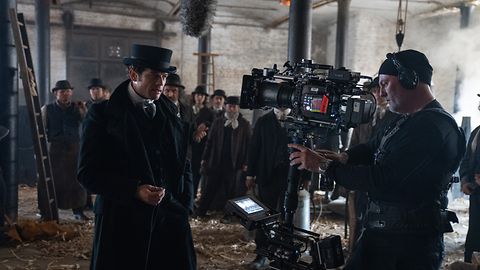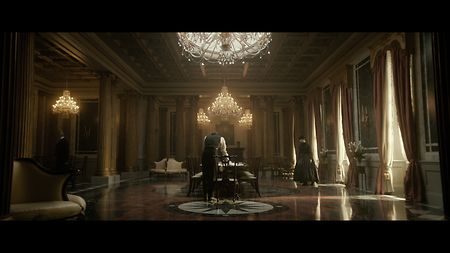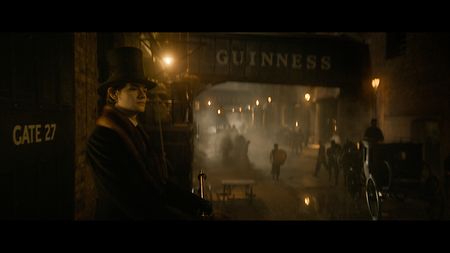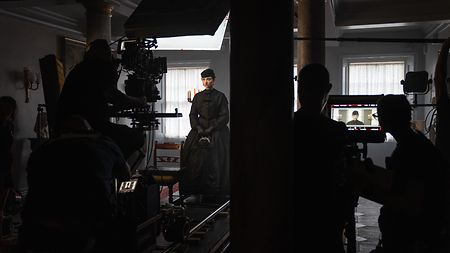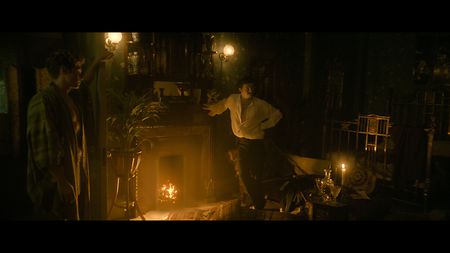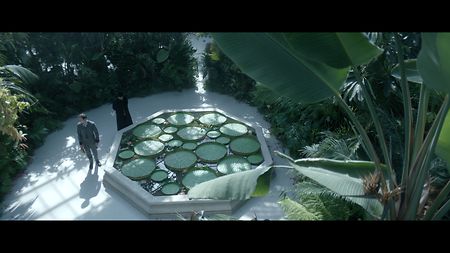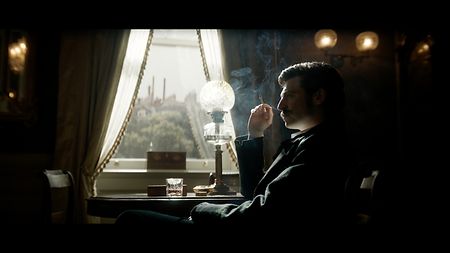Winning over critics and audiences alike, the new Netflix series “House of Guinness” charts the relationships between four adult siblings after the death of their father, Benjamin Guinness, whose expansion of the family’s brewing company made him the richest man in Ireland. Cinematographer Nicolaj Brüel DFF shot the first five of eight episodes, collaborating with director Tom Shankland to craft a look that encompasses the highs and lows of 19th-century Dublin society. Following an HDR workflow that straddled prep, production, and post, Brüel shot in large format with ALEXA Mini LF cameras and both standard and detuned ALFA anamorphic lenses from ARRI Rental.
How did you and Tom want to visualize the world of this period drama?
Tom knew he didn’t want a classical approach to the period, in the sense of portraying the industrialism of the 1860s as a stereotypically dark and gloomy world. Steven Knight’s writing has a lovely playfulness to it, and we wanted to support that. While still keeping it somewhat realistic, Tom wanted to give the period a touch of “badass” too. That idea filtered through to the camerawork, lighting, set dressing, set builds, wardrobe—everything.

A-camera operator Karsten Jacobsen (center) and DP Nicolaj Brüel DFF frame a shot with the 60 mm ALFA. Behind them is key grip Craig Atkinson.
